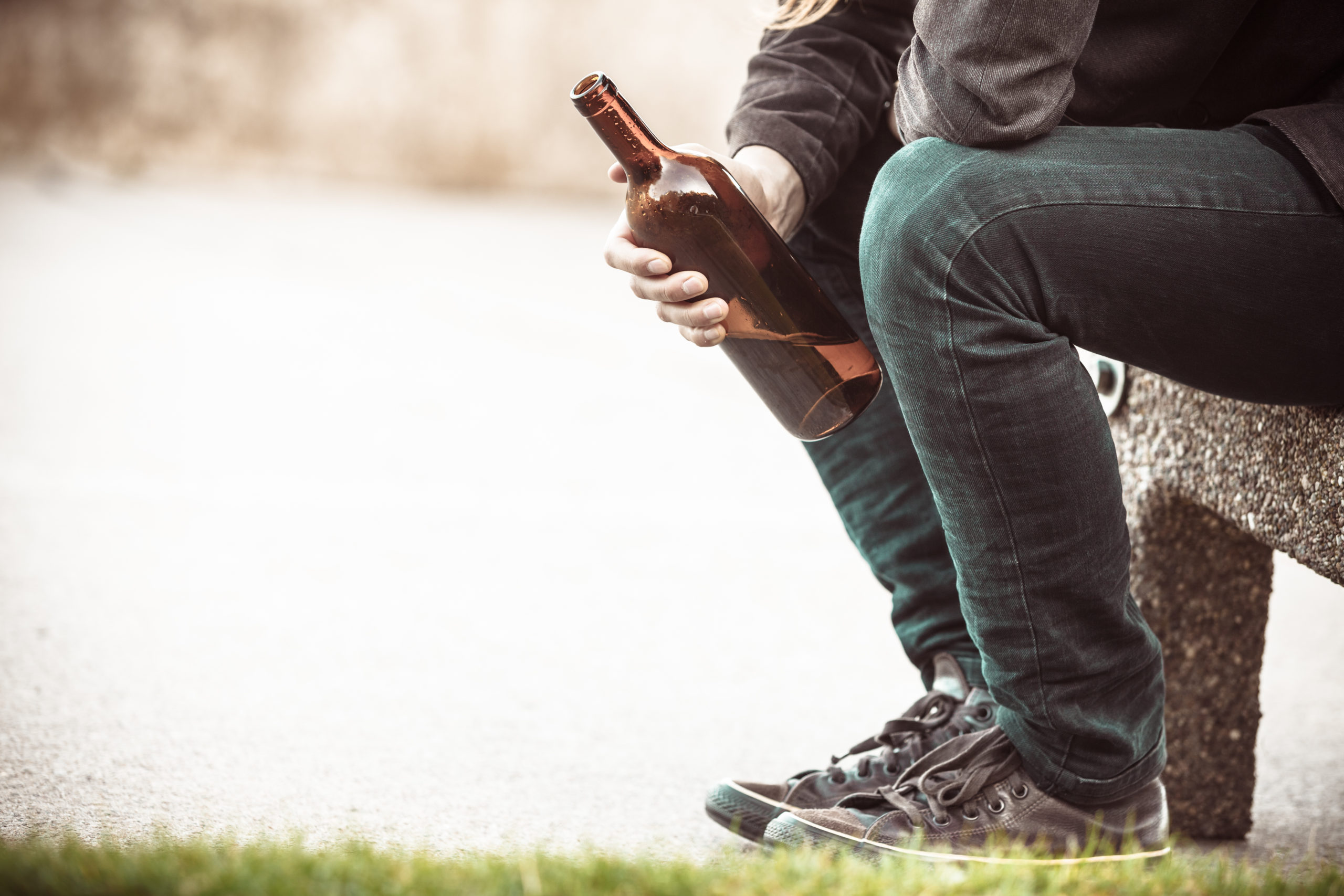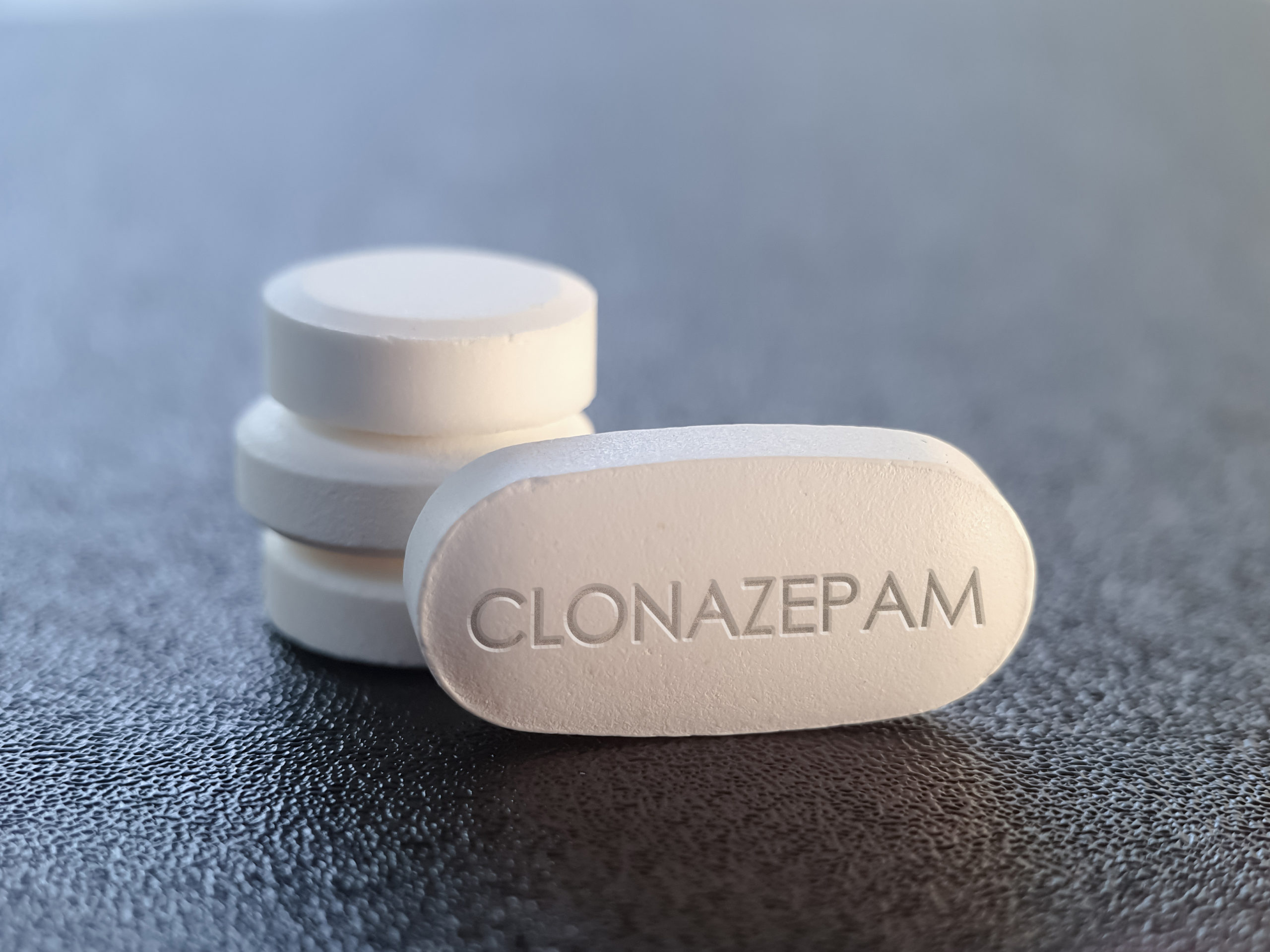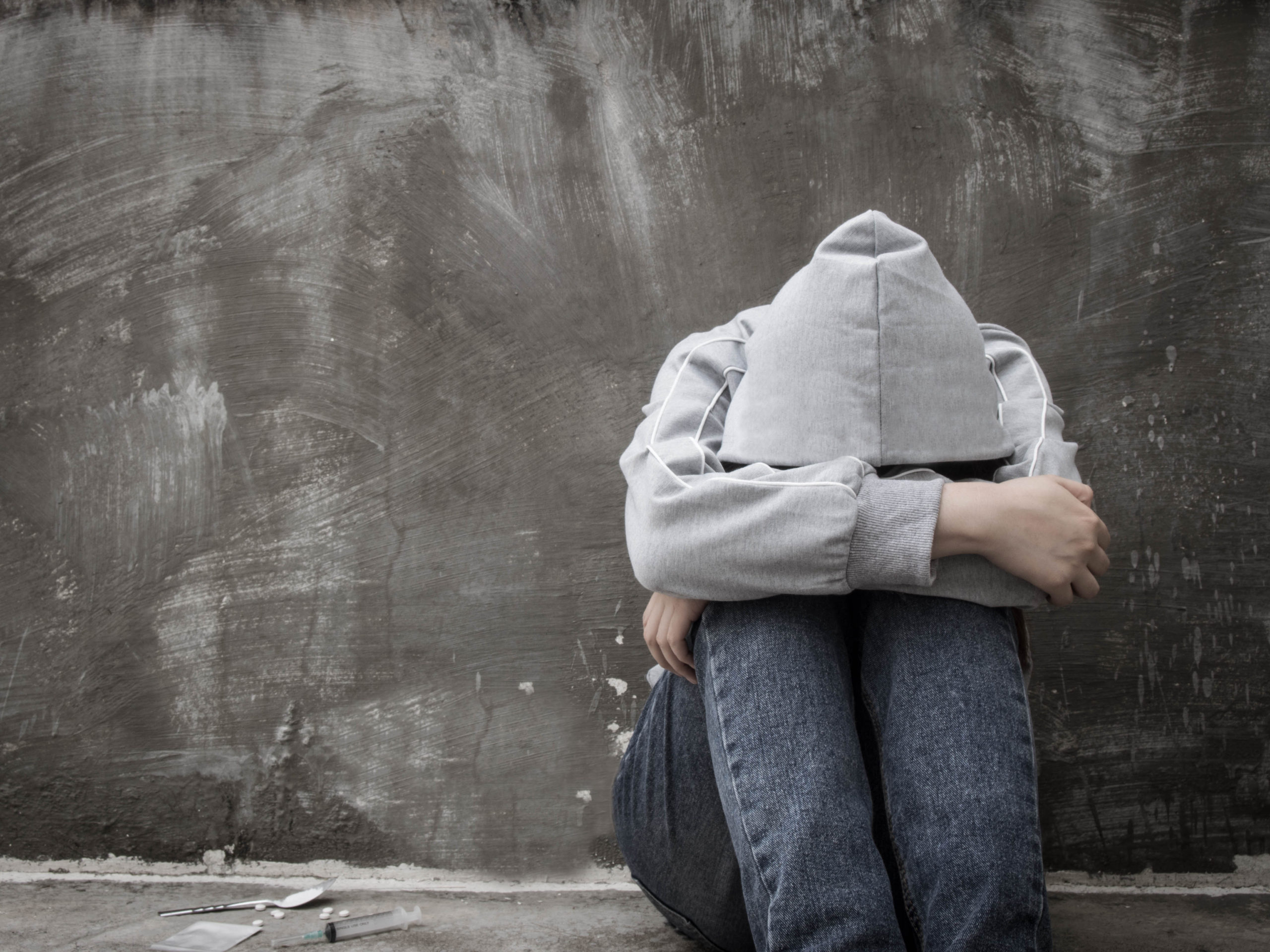If you are thinking about making a change, you’re probably wondering what it’s like to go to rehab and what happens while you are there? Is it worth it to be away from your friends and family for so long? Will it really help you change?
The fear of the unknown might keep you from taking that next step, so let us at Indah Recovery clear up some things for you.
What is rehab?
Rehabilitation, or rehab, is a treatment center based on helping someone get over substance abuse or mental health problems. In rehab, people are able to work through the act of rehabilitation.
In its most basic sense, rehab is a therapeutic retraining of the brain to support individuals who have struggled with addiction. Through this process, clients in rehab can learn how to avoid triggers, develop healthy coping mechanisms for stress release, and develop a support system and supportive approach for living with the temptation to drugs and alcohol.
In rehab, there are medical and professional staff trained to support individuals who are going through withdrawal, learning to cope with cravings and their new lifestyle, and supporting individuals who need help with the transition. Through both individual and group counseling and therapy, clients are taught relapse prevention strategies, mindfulness techniques, and other mental health strategies to improve client wellbeing.
What is rehab really like?
Initially, rehab can be extremely challenging, especially for individuals who are not committed to making a lifestyle change. Going through detox and dealing with withdrawal symptoms can make a person feel terrible and ruin their motivation to continue. However, there are authentic opportunities to reflect, learn, grow, and build relationships for the future for individuals who stick it out.
When it comes to figuring out what rehab is really like, there is a lot of reflection. Looking at the problems that drugs or alcohol have caused and identifying the negative through process or trigger that instigated substance use. Through this therapeutic strategy, clients will learn to identify challenges and times of frequent use to make a change to the process.
Individuals who go to rehab are also directly taught coping mechanisms, healthy self-management strategies, and how to implement relapse prevention to ensure continued health and safety. In this process, individuals are given opportunities to practice, engage with others, and implement the strategies taught to ensure that they are capable of implementing them in the real world.
And lastly, clients have the opportunity to grow and build relationships for the future. No one quite understands the pull of addiction like another addict, and no one knows how to battle or challenge it like someone who has also gone through addiction and treatment. In rehab, clients can learn and build friendships with other residents. Through this process, individuals can create a support system of individuals familiar with the struggles and support one another in times of need.
Let Indah Recovery Be Your Rehab Today
At Indah Recovery, we want to help you recover from substance abuse for good. In a treatment center that feels like home, our clients work with professional staff to create tailored treatment plans designed to meet their individual addiction needs.
Our intimate and luxury setting combines holistic and modern therapies with traditional evidence-based therapies in a treatment program designed to help our clients achieve long-term sustainable recovery.
With holistic healing in mind, our clients receive 24-hour care, nutritious meals, opportunities for physical training. We want our clients to achieve total mental, physical, and emotional wellness.
Contact us today to see how we can help you recover from substance abuse.






